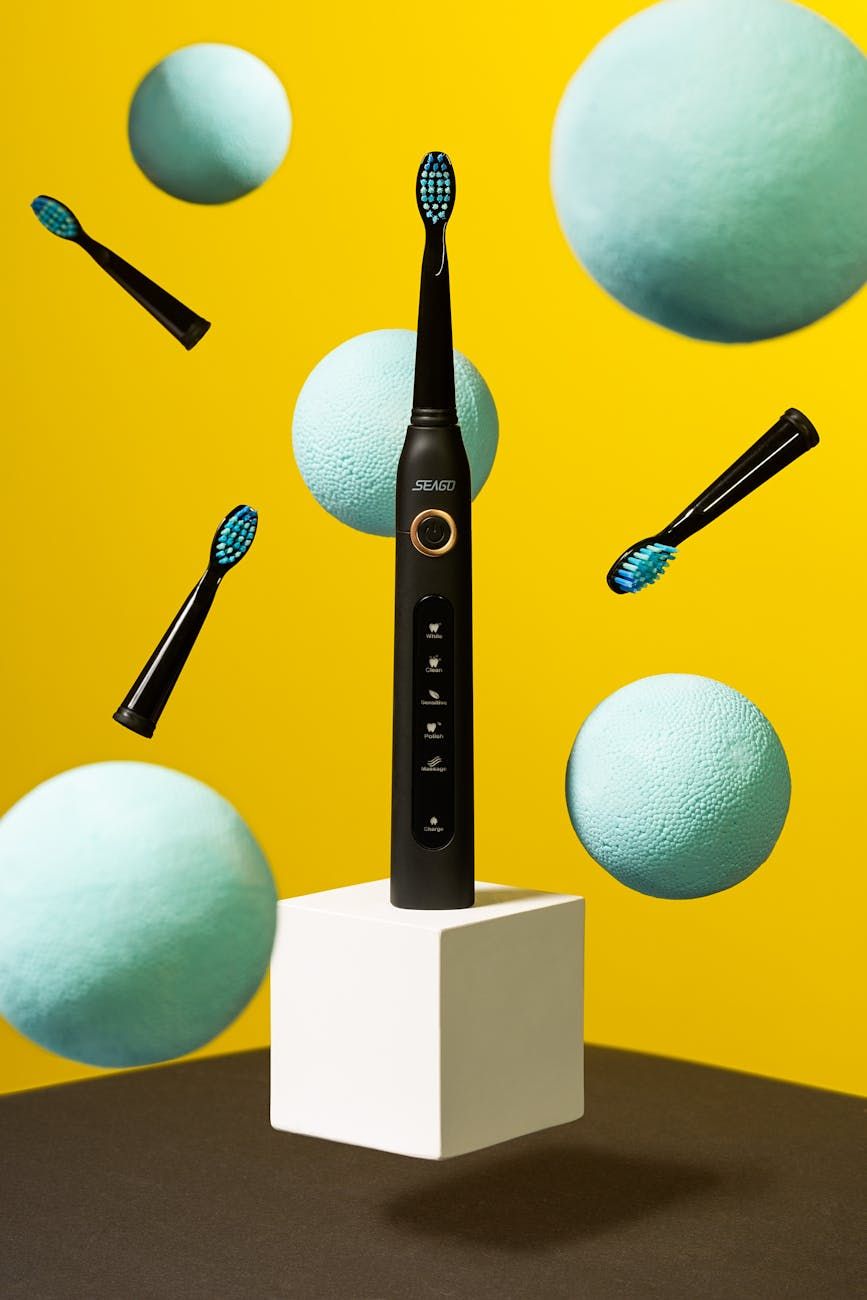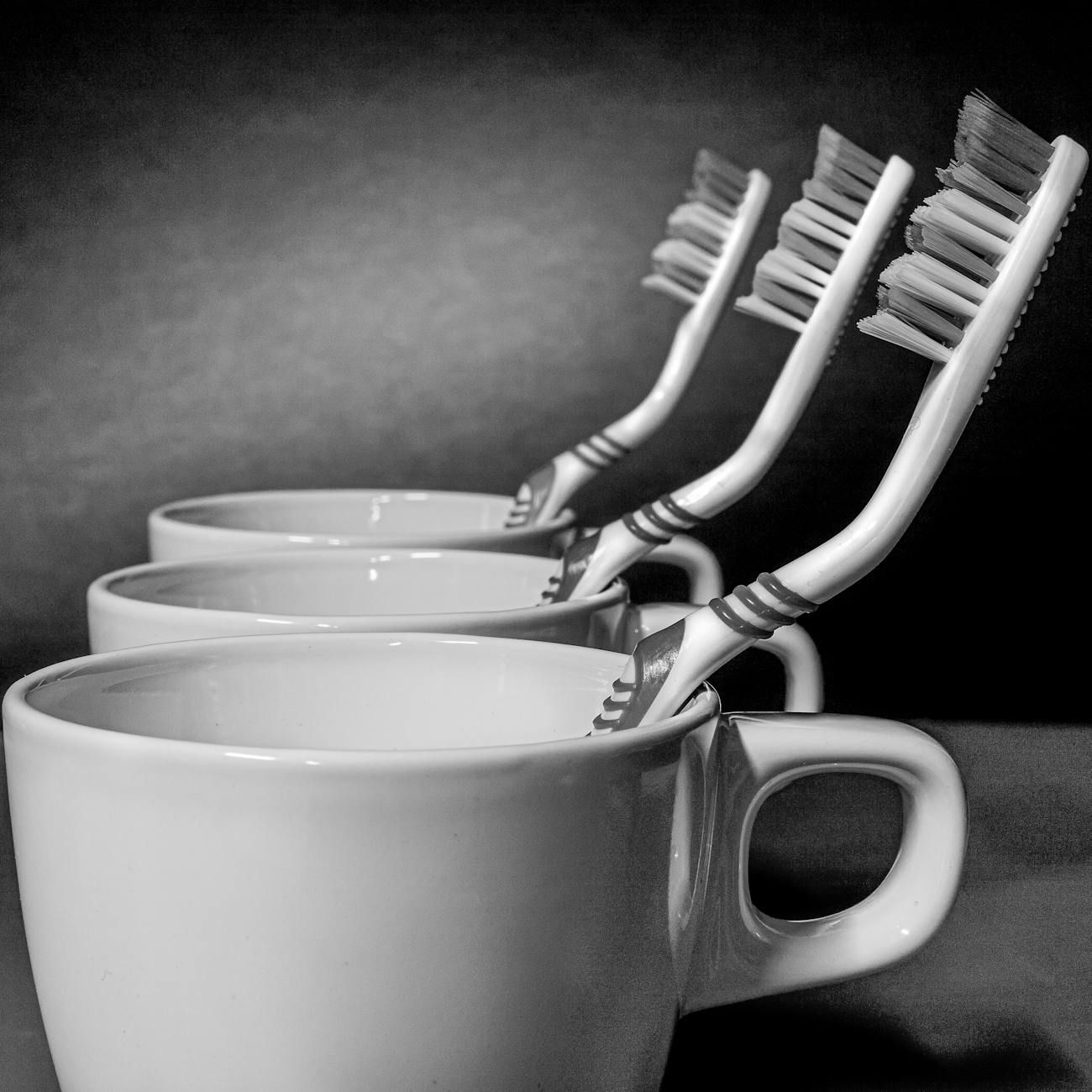Electric or Manual? Which Toothbrush to Choose for a Healthy Smile



The debate between electric and manual toothbrushes has been ongoing for a while. Both options have their benefits, but which one is truly the best for your oral care and dental health? Let's dive into the comparison between electric and manual toothbrushes to help you make an informed decision.
When it comes to oral hygiene, choosing the right toothbrush is crucial. Proper brushing techniques and regular cleaning play a significant role in preventing dental issues such as cavities, gum disease, and bad breath. Let's explore the differences between electric and manual toothbrushes to see which one suits your needs better.
Manual toothbrushes have been around for decades and remain a popular choice among many individuals. They are simple, affordable, and easy to use. Manual toothbrushes come in various shapes, sizes, and bristle patterns to cater to different preferences. When used correctly, manual toothbrushes can effectively clean your teeth and gums, promoting good oral health.
On the other hand, electric toothbrushes have gained popularity in recent years due to their advanced features and technology. Electric toothbrushes are designed to provide thorough cleaning with minimal effort. The rotating or vibrating bristle heads can remove more plaque and bacteria from your teeth compared to manual brushing. This can result in improved overall oral hygiene and reduced risk of developing dental issues.
One of the main benefits of electric toothbrushes is their built-in timers and pressure sensors. These features help you brush your teeth for the recommended two minutes and avoid applying too much pressure, which can damage your gums. Electric toothbrushes are also suitable for individuals with limited mobility or dexterity issues, as they require less manual effort to use effectively.
Studies have shown that electric toothbrushes are more effective in removing plaque and reducing gingivitis compared to manual toothbrushes. The oscillating or rotating motion of electric toothbrushes can reach areas that are difficult to access with a manual toothbrush, ensuring a more thorough clean. This can lead to better oral health outcomes and disease prevention in the long run.
However, it's essential to note that both electric and manual toothbrushes can be effective if used correctly. The key is to follow proper brushing techniques, such as holding the brush at a 45-degree angle, brushing in circular motions, and cleaning all tooth surfaces. Regardless of the type of toothbrush you choose, consistency and technique are crucial for maintaining good oral hygiene.
In conclusion, when deciding between an electric or manual toothbrush, consider your individual needs and preferences. If you prioritize convenience, advanced features, and a thorough clean, an electric toothbrush may be the right choice for you. On the other hand, if you prefer simplicity, affordability, and manual control over your brushing technique, a manual toothbrush can also be a reliable option for maintaining a healthy smile.
Ultimately, the best toothbrush is the one that you will use consistently and correctly to keep your teeth and gums clean and healthy. Whether you opt for an electric or manual toothbrush, remember to replace your brush head or toothbrush every three to four months to ensure optimal performance and hygiene. Choose wisely, and let your smile shine bright with proper oral care!
Remember, a healthy smile starts with good oral hygiene and the right toothbrush!




